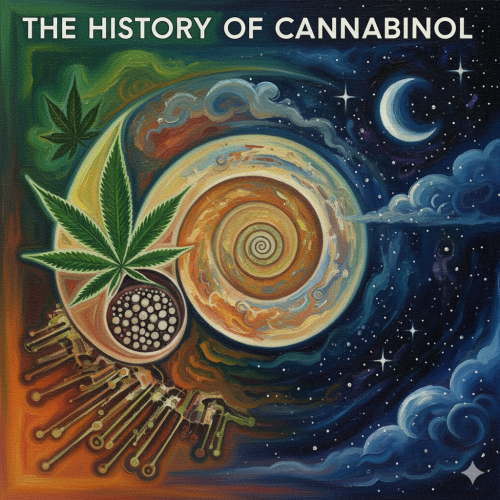In the world of cannabinoids, CBG, CBN, CBD, and THC have emerged as prominent players, each with its unique properties and potential benefits. Understanding their popularity and usage trends is essential for consumers seeking the right cannabinoid products. Let’s delve into a comparative analysis of CBG, CBN, CBD, and THC based on credible sources and expert insights.
CBG (Cannabigerol)
CBG, often referred to as the “mother cannabinoid,” has garnered attention for its potential therapeutic effects. While research on CBG is still in its early stages, studies suggest that it may offer anti-inflammatory, neuroprotective, and antioxidant properties. However, CBG is typically found in lower concentrations in cannabis plants compared to other cannabinoids, which may impact its popularity among consumers.
CBN (Cannabinol)
CBN has gained recognition for its potential sedative effects, making it a popular choice for individuals seeking relaxation and sleep aids. As THC ages or undergoes oxidation, it converts into CBN, leading to its presence in aged cannabis. While CBN’s popularity may not match that of CBD or THC, its unique properties and potential benefits continue to attract interest from consumers, particularly those struggling with sleep disorders.
CBD (Cannabidiol)
CBD has skyrocketed in popularity in recent years, thanks to its purported therapeutic effects and non-psychoactive nature. Studies suggest that CBD may offer relief from pain, anxiety, inflammation, and various other ailments. Its legality and widespread availability in various forms, including oils, tinctures, edibles, and topicals, have contributed to its widespread adoption among consumers seeking natural alternatives for wellness and relief.
THC (Tetrahydrocannabinol)
THC remains the most well-known cannabinoid, primarily due to its psychoactive effects. Despite being associated with euphoria and intoxication, THC also possesses therapeutic properties, including pain relief, appetite stimulation, and relaxation. However, its psychoactive nature and legal restrictions in some jurisdictions may impact its popularity compared to non-psychoactive cannabinoids like CBD.
Comparative Analysis
While CBD remains the most popular cannabinoid among consumers, primarily due to its widespread availability and non-psychoactive nature, CBG, CBN, and THC each have their niche markets and potential applications. CBG and CBN, though less prevalent in mainstream products, offer unique therapeutic potential that continues to attract interest from researchers and consumers alike. THC, while widely recognized, faces legal restrictions in many regions, affecting its accessibility and popularity compared to non-psychoactive cannabinoids.
♦ Interested in high-quality CBD edibles and merchandise? Check out the FGE shop and FGE Etsy Store ♦
In conclusion, the popularity of CBG, CBN, CBD, and THC varies depending on factors. These include legality, availability, and perceived therapeutic benefits. As research expands our understanding of cannabinoids, consumers are encouraged to explore reputable sources and consult with healthcare professionals to determine the most suitable options for their needs.
For more information on cannabinoids and their potential benefits, individuals are encouraged to explore reputable sources such as government agencies, academic institutions, and cannabis industry experts.



